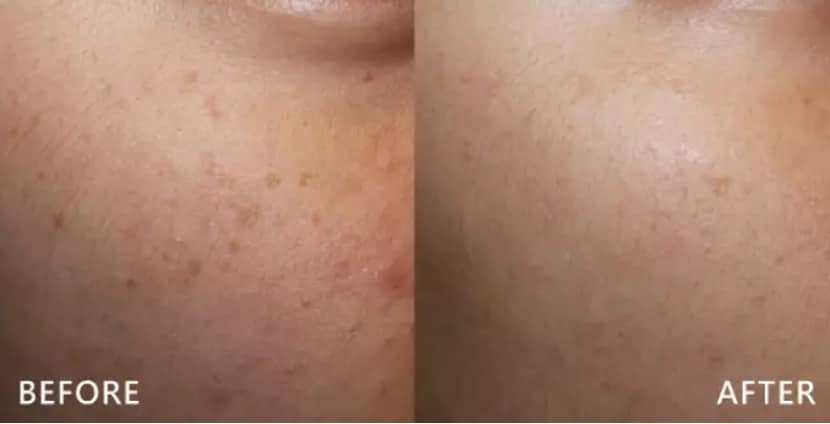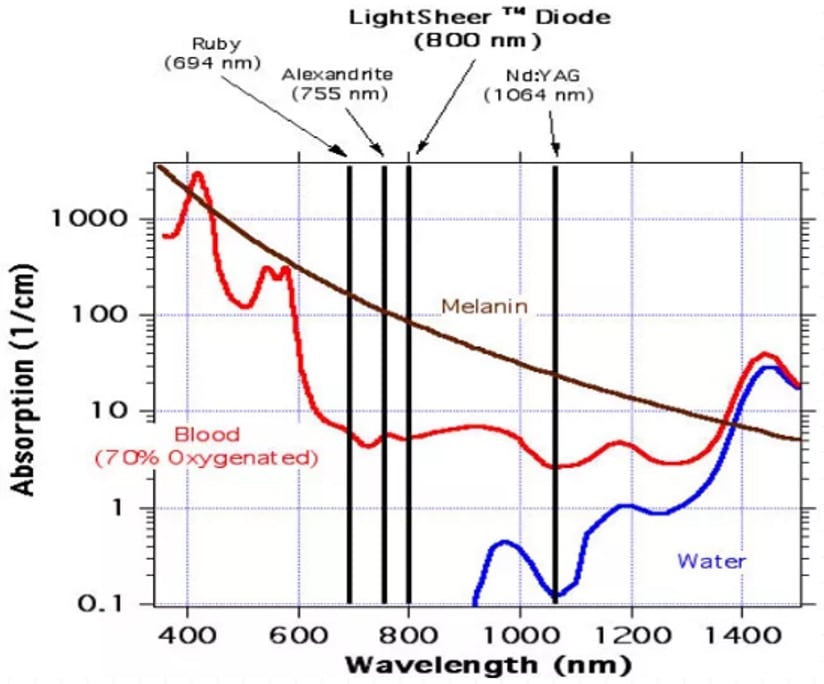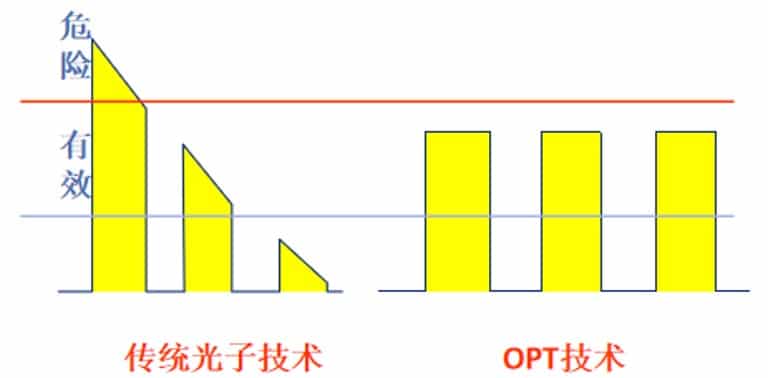光子嫩肤是近年来兴起的非剥脱性全新的治疗皮肤光老化现象的新技术。它不仅能够改善皱纹、色斑,还能美白嫩肤、收缩毛孔,其安全性和效果更是让其成为很多人第一次尝试皮肤管理类医美就会选择的项目。那么如此全能的项目,会有哪些副作用呢?来给大家科普科普。

光子嫩肤是应用特定的强脉冲光,直接照射于皮肤表面,穿透至皮肤深层,选择性作用于皮肤色素或血管,破坏色素,闭合异常的红血丝,使真皮层胶原纤维和弹力纤维产生分子结构的化学变化,可有效治疗皮肤表面的瑕疵,改善皮肤弹性、色泽和细腻度,从而达到美白嫩肤、除皱、收缩毛孔等治疗效果。
虽说光子嫩肤是入门级的美肤项目,也有较高的安全性,但是毕竟也属于医疗美容,是存在产生副作用的一定风险的。

- 灼伤皮肤:在进行光子嫩肤治疗时,如果能量过大,是会灼伤、烫伤皮肤的,这是比较严重的不良事故了,往往都是由于使用违规“三无”光子嫩肤仪器或者操作者治疗时操作不当导致的。严重者甚至会出现伤口感染、毁容等恶劣后果。
- 皮肤红肿:在进行光子嫩肤治疗后,我们的皮肤往往会变得异常敏感,这主要是因为治疗中产生的热量会蒸发掉皮肤中的水分,同时瞬间的高能让皮肤屏障有短暂的动荡,因此可能会出现瘙痒、红肿、脱皮等状况,其程度和持续的时间因人而异,通常来说偏黑的皮肤会红得厉害一些,不过这都属于比较正常的术后反应,一般正规的医美机构是会提供术后修复流程和专业的术后照顾事项的,自己恢复期多注意补水保湿,红肿都会慢慢消退的。
- 结痂:正常来说其实光子嫩肤不同于皮秒治疗,是不太会结痂的,属于无创无痕的美肤项目,只有在治疗血管性疾病,比如红胎记、红痘印等情况下,可能会发生结痂反应,结痂的程度好比是刚爆嗮过后的样子,这种情况,也是需要谨遵医嘱和术后注意事项,大多数人一周左右就能脱痂愈合。
- 色素沉着:色素沉着是激光美容类的通用风险,但发生率的在2%-5%,属于小概率事件,但是也仍然是存在风险的。不正确或违规的光子嫩肤治疗会导致皮肤细胞受损,皮肤无法进行自我修复与保护,这不仅无法起到美白嫩肤的作用,反而会导致面部黑色素沉淀,色斑加重,严重者甚至需要借助外用药物或者其他医美项目才能修正和恢复,因此,选择合规有效的光子嫩肤仪器还是非常重要的。

损害角质层:正规的光子嫩肤仪器的能量是略过皮肤表面,作用至皮肤深层的,其能量是稳定和精准的,而若是使用的“山寨机”,治疗过程中很有可能出现热量的重叠积累,从而损伤皮肤组织,当人体皮肤的角质层受损,皮肤就会失去保护屏障,营养流失加快,皮肤状态失衡,加速衰老,产生适得其反的效果。
术后反弹:也有见过光子嫩肤在祛斑之后出现反弹的现象,甚至色斑面积会比原来的更大。这往往跟仪器的正规与否和术后护理有着一定的关系,非正规仪器能量不够或过量损伤皮肤会加速色斑扩散,术后不注意防晒补水等,也会影响最终效果。
此外还有一个大家常见的误区问题:光子到底会不会让皮肤变薄?显然,答案是否定的。皮肤如树皮不断新陈代谢,只要是使用的正规的医美设备,光热刺激不仅不会伤害皮肤,反而会让胶原新生,促进皮肤变厚变“坚强”。
光子嫩肤副作用
